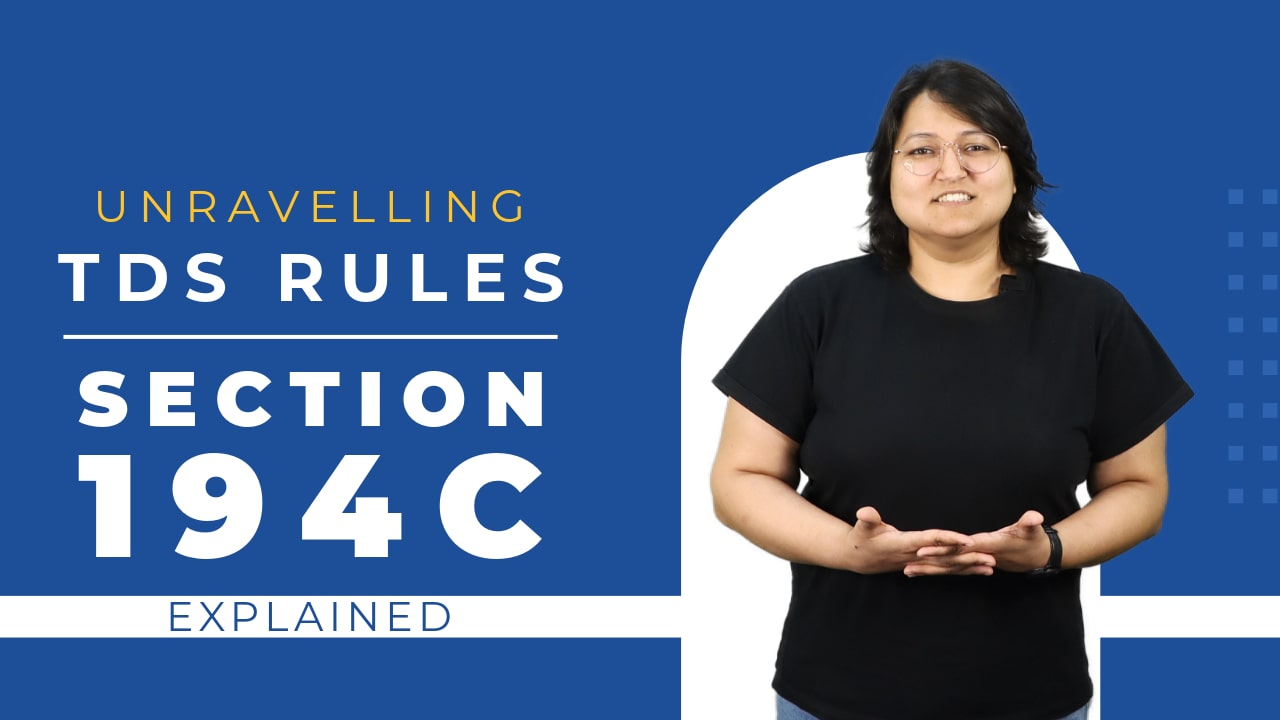TDS for Self-employed Individuals
Episodes

E01: Deciphering TDS Deduction on Fixed Deposits
02 mins
Understanding the TDS on your FD’s interest could be essential for effective financial planning. In this video, we’ll simplify the concept of TDS on fixed deposits. We’ll begin with an example where if your annual FD interest crosses Rs. 40,000, banks or financial institutions might deduct 10% TDS. This limit is raised to Rs. 50,000 in the case of senior citizens. For instance, if your FD interest amounts to Rs. 45,000, Rs. 4,500 will be deducted as TDS, leaving Rs. 40,500 credited to your account. This system is in place so that taxes are paid at the source, reducing the burden of lump-sum payments later. We’ll also discuss how this deducted amount is deposited with the Income Tax Department and its impact on your tax liability. If your total income falls below the taxable threshold, you could file an income tax return to claim a refund on the deducted TDS. Additionally, we’ll share tips on how you could monitor your TDS deductions and leverage tax-saving opportunities. Understanding TDS might help you ensure your investments yield maximum returns.

E02: Unravelling TDS Rules Section 194C Explained
04 mins
Section 194C of the Income Tax Act could be essential for you to understand TDS on contractor payments. This section defines the rules for deducting tax at source under specified conditions. In this video, we’ll explore the scope of Section 194C. We’ll talk about its applicability to payments made by various entities such as government bodies, corporations, and co-operative societies. You'll also learn what counts as 'work,' including tasks like advertising, catering, and manufacturing products, based on customer needs. We’ll dive into the roles of contractors and subcontractors, explaining their responsibilities under this section. Additionally, we’ll discuss TDS rates, which might vary based on factors like the type of recipient and whether a PAN is provided. You might also learn about thresholds for TDS deductions, that could be applicable when payments exceed certain amounts in a financial year. Finally, we’ll outline scenarios where TDS might not apply and the timelines for depositing deducted amounts. By understanding these rules, individuals and businesses might be able to manage their tax obligations better. This could ensure compliance and avoid potential legal issues.
What to Watch Next
All


























